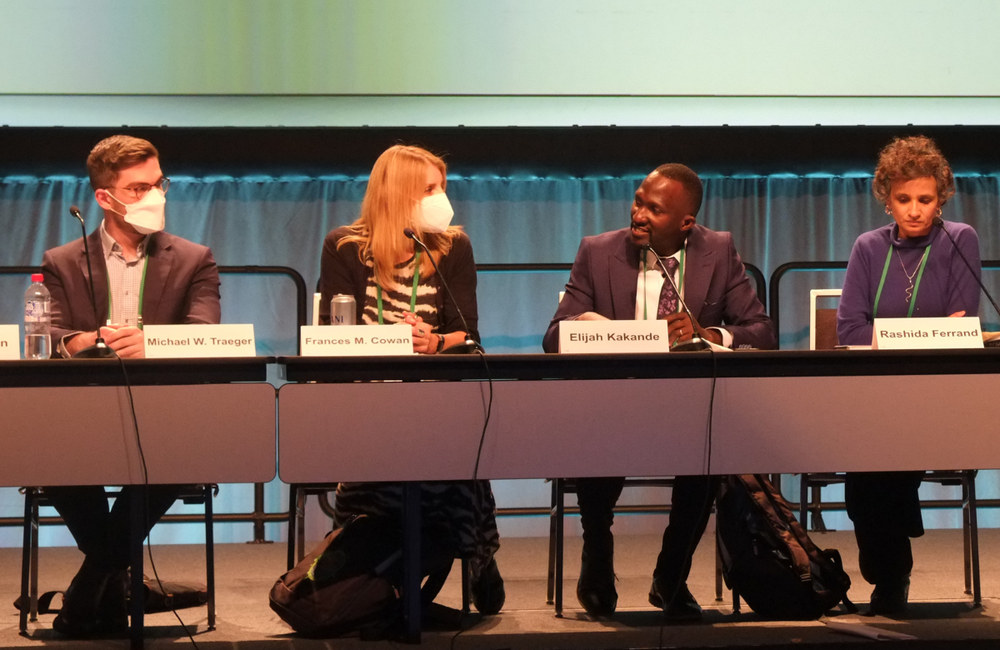
The Conference on Retroviruses and Opportunistic Infections (CROI 2023) took place in February. Below is a round-up of news stories from the conference that are relevant to PrEP, PEP and HIV treatment programmes in sub-Saharan Africa.
Three separate African studies showed a huge increase in PrEP uptake when services offered choice and flexibility. The trials were conducted in antenatal clinics, hospital outpatient departments, and using village health teams. People had a choice about which prevention product they used, where they accessed services, and how they tested for HIV. At two sites the uptake of biomedical prevention more than doubled.
Doxycycline PEP after sex appears ineffective for cisgender women in Africa. This research showed that although studies have found doxyPEP to be highly effective at preventing STIs in gay men and transgender women, it doesn’t appear to have protected young cisgender women in Kenya. There are a few possible explanations for these disappointing results. The first is anatomical differences in cisgender women compared to previous study populations. Doxycycline-resistant gonorrhoea was also much more common in this study. And, although adherence was high, it was “imperfect”. Further research is now needed into prevention options that will work for cisgender women.
Sharing anti-HIV medication is common in rural Uganda but this research is the first population-based study to document the phenomenon. Most people who reported sharing antiretroviral therapy (ART) said they had both given and received medication. Researchers found that people who gave ART to others were more likely to be virally unsuppressed than those who did not give or receive pills.
Dolutegravir plus darunavir is superior to a three-drug darunavir combination in second-line treatment. Previously darunavir with ritonavir was recommended because there was a lack of evidence about the second-line use of dolutegravir. However, findings from the D2EFT study, conducted in Africa, Asia, and Latin America, showed that the combination of dolutegravir and darunavir/ritonavir is superior to a boosted protease inhibitor regimen.
Point-of-care viral load tests at delivery improved the early preventive treatment for children at risk of HIV. Currently, in many African countries, less than half of infants exposed to HIV are tested for the virus. In this study, infants in Tanzania given a point-of-care viral load test at birth were almost four times more likely to receive enhanced antiretroviral prophylaxis than those who weren’t.
